No products in the cart.
Great news! The Canada Post strike is over! We’re resuming deliveries to Canada!
Excellente nouvelle ! La grève de Postes Canada est terminée ! Nous reprenons les livraisons vers le Canada !
Great news! The Canada Post strike is over! We’re resuming deliveries to Canada!
Excellente nouvelle ! La grève de Postes Canada est terminée ! Nous reprenons les livraisons vers le Canada !

Novigan film-coated tablets, blister pack of 10
$14.39
Free Worldwide Shipping
Estimated delivery:
14 - 21 days
Categories: Cold and flu, Pain relief
Brand: Dr.Reddy's
NOVIGAN is a combined drug, belongs to the group of analgesic and antispasmodic agents. The drug contains: ibuprofen – NSAID, p-piperidinoethoxy-o-carbomethoxybenzophenone hydrochloride – myotropic antispasmodic agent and alpha-piperidinoethyldiphenylacetamide metabromide – anticholinergic agent of central and peripheral action.
Pharmacological properties
NOVIGAN is a combined drug, belongs to the group of analgesic and antispasmodic agents. The drug contains: ibuprofen – NSAID, p-piperidinoethoxy-o-carbomethoxybenzophenone hydrochloride – myotropic antispasmodic agent and alpha-piperidinoethyldiphenylacetamide metabromide – anticholinergic agent of central and peripheral action.
The main mechanism of pharmacological action of ibuprofen is the inhibition of prostaglandin synthesis. Non-selective NSAIDs, to which ibuprofen belongs, act as systemic inhibitors (peripheral and central) of the synthesis of prostaglandin G / H enzymes, also known as COX-1 and COX-2. These enzymes are responsible for the conversion of arachidonic acid into various tissue-specific prostaglandins and thromboxanes. COX-1 is constitutively expressed in all tissues and is responsible for the production of prostaglandins that support organ function, protect the integrity of the gastric mucosa and generate thromboxane, which is responsible for platelet aggregation and vasoconstriction. During inflammation, COX-2 is activated, which produces prostaglandins that cause pain and inflammatory processes.
P-piperidinoethoxy-O-carbomethoxybenzophenone hydrochloride has a direct myotropic effect on the smooth muscles of internal organs, inhibits PDE, causes the accumulation of cAMP and a decrease in calcium content in the cell, and weakens the smooth muscles of blood vessels and internal organs.
Alpha-piperidinoethyldiphenylacetamide metabromide, due to its ganglioblocking and parasympathetic effects, reduces the tone and motility of the smooth muscles of the stomach, intestines, biliary and urinary tracts.
Ibuprofen is well absorbed from the gastrointestinal tract after oral administration. C max in blood plasma is observed 1-2 hours after administration. About 99% of ibuprofen binds to blood plasma proteins. It is excreted mainly in the urine in unchanged form or in the form of oxidized inactive metabolites. It is completely excreted from the body within 24 hours.
The combination of the 3 components of the drug causes a mutual enhancement of their pharmacological action, which leads to a decrease in pain intensity, relaxation of smooth muscles, and a decrease in elevated body temperature.
Indication
Mild or moderately expressed pain syndrome with spasms of smooth muscles of internal organs – renal or hepatic colic, biliary dyskinesia, intestinal spasms, spastic dysmenorrhea and other spastic conditions of smooth muscles of internal organs. headache, including migraine-like. can be used for short-term symptomatic treatment of arthralgia, neuralgia, sciatica, myalgia. to reduce elevated body temperature in infectious and inflammatory diseases.
Method of administration and doses.
The lowest effective dose necessary to control symptoms should be used for the shortest possible time. If symptoms persist for more than 5 days after starting treatment or worsen, a doctor should be consulted.
Novigan should be taken either 1 hour before or 3 hours after a meal. The tablets should be swallowed with water, not chewed. To prevent stomach irritation, take immediately after a meal or with milk.
The drug is recommended to be taken 1 tablet up to 3 times a day. The maximum recommended daily dose is 3 tablets.
Repeat the dose if necessary after 4-6 hours. Do not exceed 1200 mg of ibuprofen per day.
Elderly people do not require special dosage.
Contraindication
Hypersensitivity to the components of the drug and other nonsteroidal anti-inflammatory drugs, erosive-ulcerative lesions of the gastrointestinal tract, gastrointestinal bleeding or perforation after the use of NSAIDs, history of urticaria, rhinitis or rash when taking acetylsalicylic acid or other nonsteroidal anti-inflammatory drugs, severe heart failure, severe liver and kidney dysfunction.
The use of ibuprofen with other NSAIDs, including selective COX-2 inhibitors, should be avoided due to the possible occurrence of additive effects.
The drug is also contraindicated in hepatic porphyria, hereditary deficiency of glucose-6-phosphate dehydrogenase, tachyarrhythmia, optic nerve damage, hematopoietic disorders, blood diseases, angle-closure glaucoma, decompensated heart failure, prostatic hypertrophy, mechanical obstruction of the gastrointestinal tract or megacolon.
Pregnancy and breastfeeding, children under 16 years of age.
Side effects
From the gastrointestinal tract: infrequently – abdominal pain, dyspepsia, nausea; rarely – diarrhea, flatulence, constipation, vomiting; very rarely – gastric and duodenal ulcers, perforation or gastrointestinal bleeding, heartburn, melena, ulcerative stomatitis, exacerbation of ulcerative colitis and Crohn’s disease, gastritis, esophagitis.
From the cardiovascular system: rarely – tachycardia, shortness of breath, cerebrovascular complications, arterial hypotension, palpitations; very rarely – edema, hypertension, heart failure.
With prolonged use and in high doses (2400 mg/day), there may be an increased risk of arterial thrombotic events or stroke, and a decrease in the effectiveness of antihypertensive drugs.
General disorders: very rarely – non-specific allergic reactions and anaphylactic shock, asthma or worsening of asthma, bronchospasm, rash, itching, urticaria, purpura, angioedema.
From the nervous system: infrequently – headache; very rarely – optic neuritis, paresthesia, nervousness, dizziness, drowsiness, irritability, tinnitus, depression, insomnia, anxiety, psychomotor agitation, emotional instability, convulsions.
On the part of the immune system: in patients with systemic lupus erythematosus and mixed connective tissue diseases, taking ibuprofen in rare cases can lead to symptoms of aseptic meningitis, which is manifested by stiffness of the occipital muscles, headache, vomiting, hyperthermia or disorientation.
From the side of the blood and lymphatic system: very rarely – hematopoietic disorders (hemolytic anemia, aplastic anemia, thrombocytopenia, neutropenia, eosinophilia, decreased hematocrit and hemoglobin levels, pancytopenia, agranulocytosis). The first signs are hyperthermia, sore throat, ulcers on the oral mucosa, flu symptoms, severe exhaustion, unexplained bleeding and hematomas. Reversible platelet aggregation, alveolitis, pulmonary eosinophilia.
On the part of the organ of vision: very rarely – blurred vision, change in color perception, toxic amblyopia.
From the hepatobiliary system: very rarely – liver dysfunction, hepatitis, jaundice, duodenitis, pancreatitis, hepatorenal syndrome, hepatic failure, hepatonecrosis.
Skin: rarely – skin peeling, alopecia, photosensitivity; very rarely – bullous lesions, including Stevens-Johnson syndrome, erythema multiforme, toxic epidermal necrolysis.
From the urinary system: very rarely – papillonecrosis, cystitis, hematuria, nephrotic syndrome, oliguria, polyuria, tubular necrosis, glomerulonephritis, renal dysfunction, toxic nephropathy in various forms, including interstitial nephritis, nephrotic syndrome and renal failure.
Other effects: rarely – dryness of the mucous membranes of the eyes and mouth, stomatitis, hyperthermia, malaise, weakness, increased fatigue, hearing impairment, ulcerative stomatitis; very rarely – changes in the endocrine system and metabolism, decreased appetite.
Special instructions
The drug should be used with caution and under the supervision of a physician to treat patients with moderate liver or kidney dysfunction, with a tendency to ag, bronchospasm, with systemic lupus erythematosus and other systemic connective tissue diseases – increased risk of developing aseptic meningitis with a history of heart failure, which was accompanied by fluid retention and edema when using NSAIDs.
Increasing the dose of NSAIDs, advanced age, and a history of gastric or duodenal ulcer are risk factors for the occurrence of adverse reactions from the digestive tract. During treatment in such cases, it is recommended to use the minimum effective dose of the drug.
The drug should be used with caution in patients receiving therapy with drugs that can increase the risk of gastric and duodenal ulcers or bleeding, in particular – oral corticosteroids, anticoagulants, warfarin, selective serotonin reuptake inhibitors or antiplatelet agents such as acetylsalicylic acid. Patients who have had gastrointestinal disorders, especially the elderly, should stop treatment and consult a doctor if any undesirable symptoms appear (especially bleeding from the gastrointestinal tract).
With prolonged (more than a week) use of the drug, it is necessary to monitor peripheral blood parameters and liver function.
The drug may affect the psychophysiological state of patients when taken simultaneously with alcohol and CNS depressants.
Prolonged and uncontrolled use of painkillers, especially combinations of different painkillers, can lead to chronic kidney damage with the risk of kidney failure (analgesic nephropathy).
Adverse reactions can be minimized by using the lowest effective dose for the shortest period necessary to relieve symptoms.
The drug should not be used in the presence of hereditary intolerance to galactose and dairy products, lactase deficiency.
Like other nonsteroidal anti-inflammatory drugs, ibuprofen may mask signs of infection.
Use during pregnancy and breastfeeding. The drug is not used during pregnancy. Breastfeeding should be discontinued during treatment.
Children. The drug is not prescribed to children under 16 years of age.
Ability to influence the reaction rate when driving vehicles or working with other mechanisms. Caution should be exercised when driving vehicles and working with other potentially dangerous mechanisms that require increased concentration of attention and speed of psychomotor reactions.
Interactions
Concomitant use of NOVIGAN with other nonsteroidal anti-inflammatory drugs or non-narcotic analgesics may lead to a double increase in toxic effects.
Antihypertensive drugs, ACE inhibitors – with simultaneous use, the antihypertensive effect is reduced.
Diuretics – when used simultaneously with ibuprofen, the diuretic effect and diuretic activity are reduced, and the nephrotoxicity of NSAIDs is increased.
Cardiac glycosides – when used simultaneously with nonsteroidal anti-inflammatory drugs, exacerbation of heart failure, a decrease in glomerular filtration rate and an increase in the concentration of cardiac glycosides in the blood plasma are possible.
Lithium preparations – with simultaneous use, the elimination of lithium preparations decreases, their toxicity and concentration in blood plasma increase.
Methotrexate – with simultaneous use, the elimination of methotrexate decreases, its toxicity and concentration in blood plasma increase.
Cyclosporine – when used simultaneously with nonsteroidal anti-inflammatory drugs, nephrotoxicity increases.
Mifepristone – the use of NSAIDs is allowed only 8-12 days after discontinuation of mifepristone, since NSAIDs reduce the effectiveness of mifepristone.
GCS – with simultaneous use, the risk of bleeding in the digestive tract increases.
Anticoagulants – simultaneous use enhances the effect of anticoagulants.
Quinolone antibiotics – nonsteroidal anti-inflammatory drugs may increase the risk of convulsions associated with taking quinolones.
Zidovudine – there is evidence of an increased risk of hemarthrosis and hematomas in HIV-infected patients receiving concomitant treatment with zidovudine and ibuprofen.
Tacrolimus – increased risk of nephrotoxicity.
Herbal preparations of ginkgo biloba may potentiate the risk of bleeding when taking NSAIDs.
Overdose
It manifests itself in the form of gastrointestinal disorders (nausea, vomiting, anorexia, epigastric pain, diarrhea), manifestations of hepatotoxicity, and impaired consciousness.
Treatment. Symptomatic therapy is indicated. Within 1 hour after taking a large dose, gastric lavage and activated charcoal are indicated. It is necessary to ensure adequate diuresis and monitor the state of kidney and liver function. After taking potentially toxic doses, the patient’s condition must be observed for at least 4 hours. In case of convulsions, diazepam can be used.
Storage conditions
In a dry, dark place at a temperature not exceeding 25 °C.
Be the first to review “Novigan film-coated tablets, blister pack of 10” Cancel reply

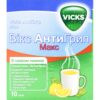
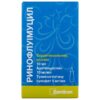
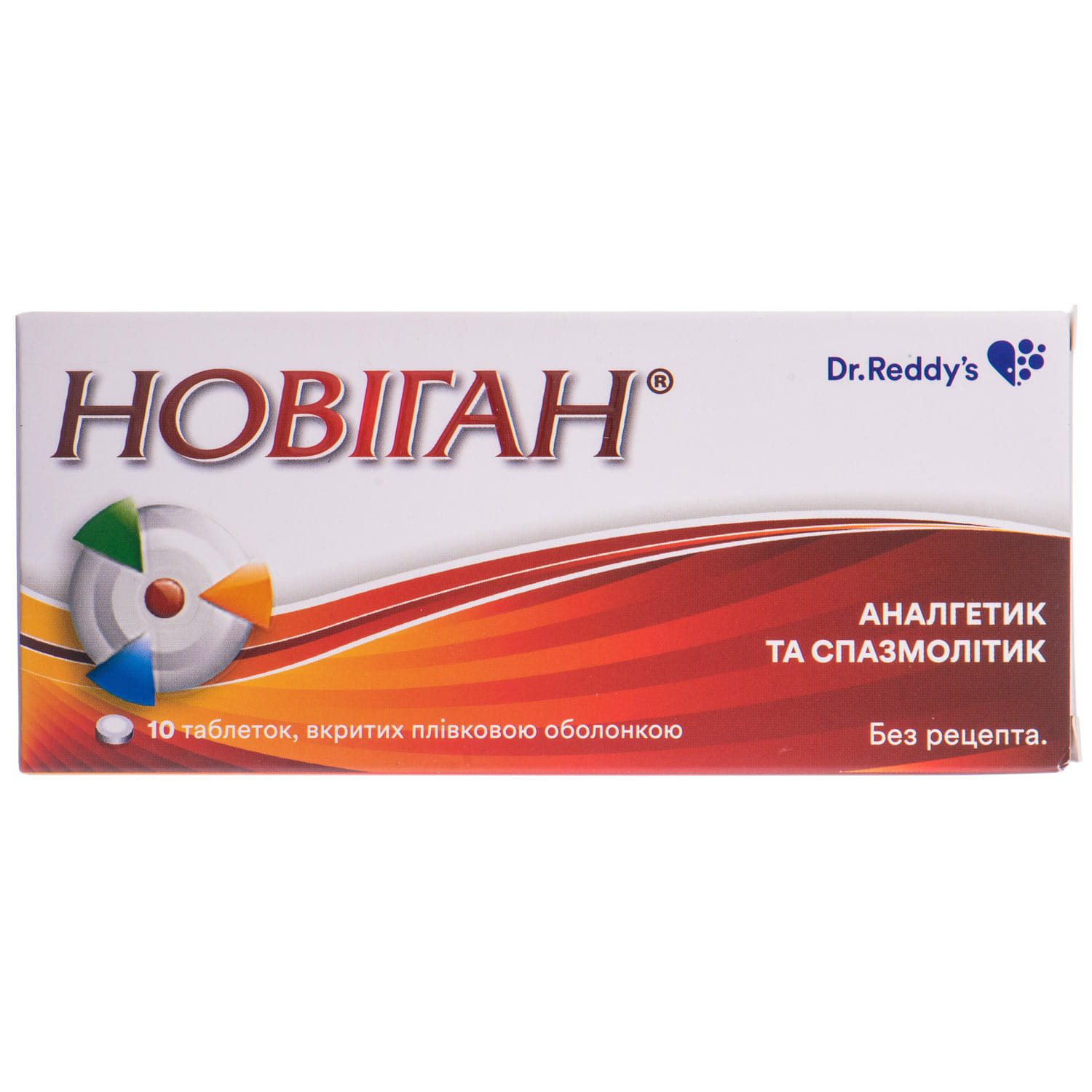
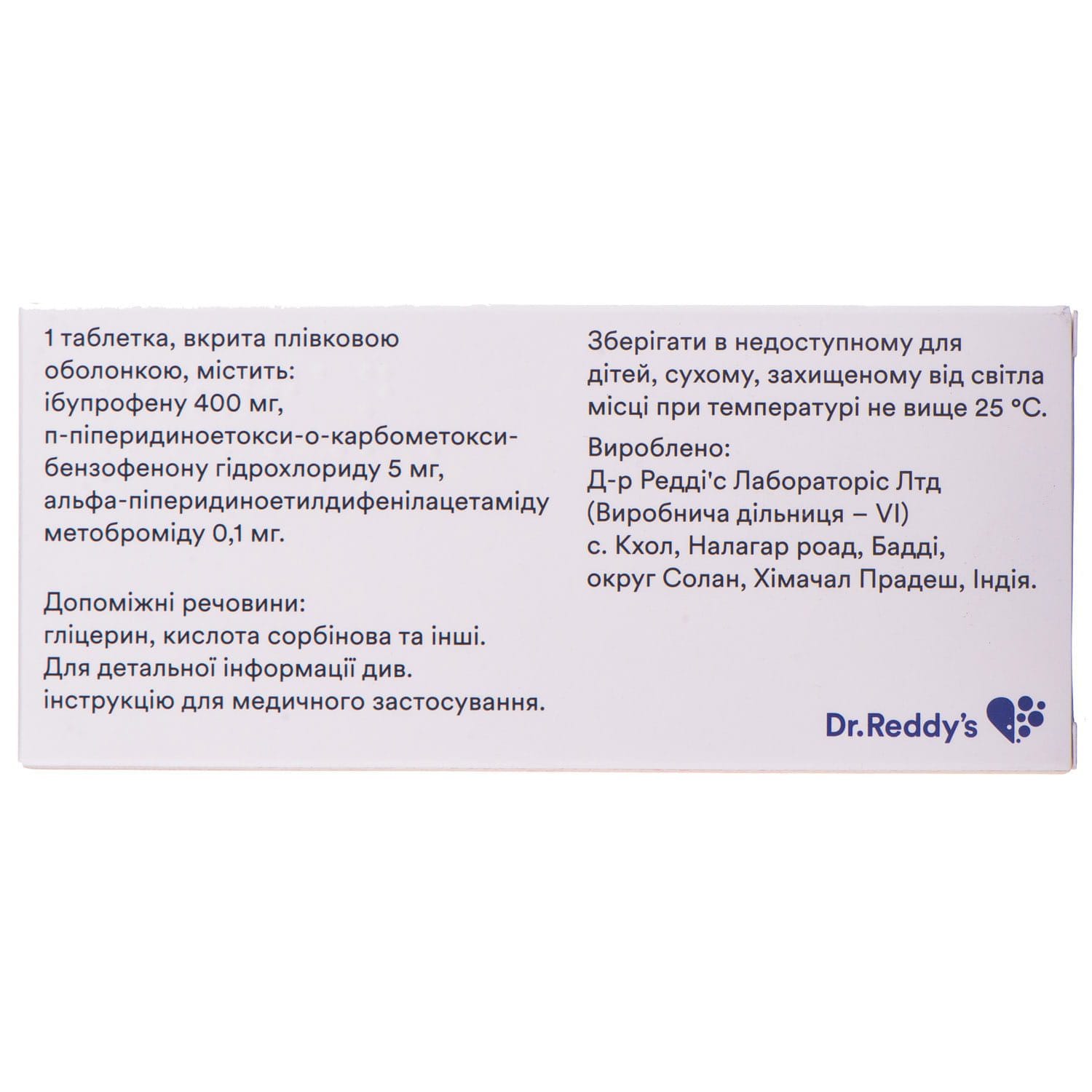

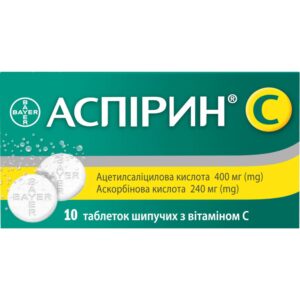
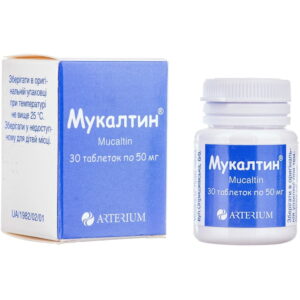

Reviews
There are no reviews yet.